[Note: This is most of a keynote presentation I gave at last week's sold-out National ACEs Conference in San Francisco. The energy at this conference was incredible. To all who attended, thank you for doing so. To those of you who weren't able to attend, we hope the posts about the conference give you some idea of the speakers and sessions.]
We have come an extraordinarily long way in spreading the word about ACEs science. During the first National ACEs conference in Philadelphia five years ago, ACEs Connection had just reached 1,000 members. Today there are more than 26,000 members of ACEs Connection, spreading the word, doing the work.
Five years ago, a handful of pediatricians were figuring out how to integrate ACEs science in their practices. Today, in the National Pediatric Practice Community has 640 members.
At that first ACEs conference, about 200 people crowded into a conference center near Independence Hall. Today, in this room, you are 800 strong and powerful pioneers and champions.
Your work has already changed the lives of children affected by trauma, helping them heal, giving them hope where they had none. You’re helping parents and organizations and systems and communities heal themselves.
Today, I’m here to show you our amazing progress.
I’ll also talk with you about how far we have to go.
And then I’ll offer a vision of what we need to do to achieve our goals to become a self-healing and flourishing nation in a self-healing and flourishing world.
Mapping the ACEs Movement Maps
Remarkably, almost every state in the nation has done an ACEs survey. Some have done more than one. [All these maps can be found in the Mapping the Movement section on ACEs Connection.]
And look at all the states that have passed ACEs or trauma-informed legislation!
Hundreds of communities around the world have ACEs initiatives. These are just the communities that have sites on ACEs Connection.
We’ll be adding more layers, including the hundreds of organizations that have participated in the National Council on Behavioral Health’s trauma-learning communities.
If you’re involved in a local ACEs initiative, or developing legislation, and you aren’t on this map, we want to connect with you. If we continue to show the world and each other how rapidly this movement is growing, more people will join.
Our Mapping the ACEs Movement map is a work in progress. Just as we at ACEs Connection are a work in progress.
This the incredible ACEs Connection team. Karen Clemmer. Gail Kennedy. Samantha Sangenito. Carey Sipp. Elizabeth Prewitt. Ingrid Cockhren. Laurie Udesky. Donielle Prince. Alicia Doktor. Dana Brown. Cissy White. Sylvia Paull. Morgan Vien. Let’s give them a big round of applause for the fantastic work they’re doing!
I’m also very grateful for the funding we receive from the Robert Wood Johnson Foundation, the California Endowment, the Lisa & John Pritzker Family Fund, the George Sarlo Foundation and Genentech.
So, the map and we are a work in progress, as are all of us in this movement, a work in progress.
Examples of progress in the ACEs movement
We’ve done so much, more than I have time to say today.
But here are some examples of what happens when people, organizations and communities integrate trauma-informed and resilience-building practices based on ACEs science:
- An elementary school in San Diego stops suspending and expelling students. They don’t need to. And the kids’ grades, test scores and attendance climb. Teachers are happier and less stressed.
- A health clinic in Pueblo, Colorado, sees a 30 percent drop in visits to the emergency room.
- A a juvenile diversion program in Philadelphia reduces arrests from 1600 to 500 in three years. A juvenile detention facility in San Diego experiences no violence whatsoever.
- Pediatricians say they have a better relationship with parents and their kids. They can address developmental problems, and identify domestic violence earlier.
- After one year, family courts that have integrated the Safe Babies Courts approach see 99 percent of the kids suffer no further abuse.
- A family physician in Tennessee who treats people addicted to opioids sees that 99 percent of his patients are able to hold down a job.
- After a person recovers from an opioid overdose in Plymouth County, MA, a police offers visits and offers to take them to a rehab facility right then and there. And then says “How about I treat you to dinner on the way?”
- A batterer intervention program in Bakersfield, CA, sees recidivism rates fall from 60 percent to six percent.
- The Wisconsin Economic Development Corporation sees the number of people quitting their jobs in that state agency decline from 21 percent to just 3 percent.
- In Cowlitz County, Washington, youth suicide and suicide attempts drop 98 percent, and high school dropout rates decrease 47 percent.
- You’ll hear about these and other examples in the breakout sessions today and tomorrow.
So, how far do we have to go? When we come to a conference like this, it might be easy to think that we’ve hit a tipping point.
A tipping point is that moment when change becomes unstoppable.
Some people estimate a tipping point is 10 percent of a population. Others say 20 percent or 30 percent. The point is, we don’t have to convince everybody for a massive mind shift to happen. Tipping points give us goals to work toward.
But we do have a ways to go. Just in the United States, there are 34,000 cities, towns and counties. A tipping point here? 3,000? 10,000?
There are 90,000 pediatricians in this country. A tipping point here: 18,000 to 30,000?
Hundreds of schools are integrating trauma-informed, resilience-building practices based on ACEs science. There are about 130,000 in the U.S. About 3 million world-wide.
There are dozens of Safe Babies Courts now, but only 1 percent of family courts are Safe Babies Courts.
We know this approach works — the science is irrefutable, and our successes are, too. So, we keep going. This is our call to action: To live what we know.
We’re discovering how to do this together. We don’t have enough evidence-based practices yet. We’re barely into the practice-based evidence stage. We’re still coming up with common definitions.
Words and ideas from and for the ACEs movement
There are a few things that we’ve figured out, though. And I believe that, for the ACEs movement, the following are words and ideas to live by.
First, there is no them and us. There’s just us. ACEs science is apolitical. Toxic stress from ACEs is a human condition. No matter who you are or where you live on this planet or who you vote for, if you’re put under enough stress, your body will suffer. Put babies and children under toxic stress and you’re guaranteed to damage their brains and probably their lives. No matter where they are.
But what does “There is no them and us” mean in practice? It’s a challenge to live what we know, especially during these times. Events trigger us and we lash out, rage at “them”. But ACEs science tells us that to solve our problems, we have to move from amygdala brain to thinking brain and figure out a different way.
And if we don’t lead the way, how can we expect others to change? How can we expect the ACEs movement to change the mindset in this country that says it’s OK to hate and to hurt others?
Second, of course it’s crucial that every child have a caring adult in their life, but that alone is not going to get us to the point of solving our most intractable problems. Systems change will. And its everybody’s responsibility to talk about systems change, not just the people working or served by a particular system. This isn’t going to be easy. It’s a big jump, for example, from one school to a whole state education system.
Which dovetails with the third point: Collaboration. Real collaboration, where a local ACEs initiative identifies all the sectors within its community, and uses a demographic filter to make sure nobody’s left out. ACEs Connection has a great tool for that, by the way. And the responsibility for driving the initiative is shared among participants.
Fourth: ACEs are a universal condition. We know ACEs and the consequences of ACEs affects everybody. It cuts across all social and economic sectors. Saying or implying that this is a “problem” of poor people, especially poor people of color in inner cities is stigmatizing. It ignores the fact that the “problem” is a normal response to abnormal or toxic conditions — systemic racism, policies that punish, no housing, not enough food, useless education.
This approach also ignores a very important fact. People in power who have high ACE scores can do incredible damage, especially if they cope with their hurt by hurting other people. Especially if they’re charismatic.
And finally, we need to make access to this knowledge universal. Some people think it belongs only in the hands of therapists or teachers or physicians. Nothing could be further from the truth. This knowledge is powerful, and everyone should have this knowledge.
As Quen Zorah, a public health nurse from Washington State says: ACEs science is a social justice issue, and parents have the right to know the most powerful determinant of their children’s future health, safety and productivity. [NEAR@Home toolkit.]
I also think more youth need this knowledge and we adults need to make sure youth have a place and the space to be an integral part of this ACEs movement. After all, it is today’s young people who will play the largest part in making sure we reach our tipping points and integrate this new knowledge so that it becomes like electricity: We notice it only when it’s not there.
In the end, this is more about healing than it is about trauma. It starts with each person examining their own trauma and resilience history. Then it continues into the life-long process of healing ourselves, our families, our organizations, our systems, our communities, and then restructuring all of those communities to become self-healing.
Humans’ historical approach to changing people’s behavior — whether it’s criminal, unhealthy or unwanted behavior — is to use blame, shame, punishment. That approach is integrated into almost everything we do. Dr. Sandra Bloom says the ACEs movement is an opportunity to take human evolution to the next level, to make an evolutionary leap. That’s how significant this is. Instead of using blame, shame and punishment, how do we restructure organizations to understand, nurture and help people heal themselves? How do we move from creating communities that manage problems to communities that manage solutions?
ACEs Connection's role in the ACEs movement
ACEs Connection’s part in this evolution is to continue to support what all of you are doing. We’ll be adding more layers to the ACEs Movement map. We’re adding a speakers and trainers section. Part one of a consumer guide to trauma-informed training comes out later this month.
To reach that tipping point of communities, we’re developing an approach to support the rapid expansion of ACEs initiatives. ACEs Connection is making plans to become a national nonprofit cooperative. Everything that is on ACEs Connection now will remain free to individuals and communities. But we’re adding some substantial tools and supports that many of you have asked for to help your ACEs initiatives measure progress and outcomes, and to make it easier to obtain funding for those first couple of critical years.
To support this work, we’ll be asking for a membership fee that’s small enough to be discretionary funding or even crowd-funded. We want what we do to be as accessible as possible. If you’re interested in finding out more, come to the breakout session late this afternoon. [Note: For those who weren't at the conference, we'll be doing a webinar with this information soon.] We think this approach will help the ACEs movement to move faster because we can centralize and automate much of the data collection. We’re also starting a philanthropist’s community on ACEs Connection, a place for discussion about what’s working, what’s not, and under what circumstances. It will also be a place to discuss trauma-informed and resilience-building methods of evaluation and funding.
The path to figuring this out — our own healing, our organizations' healing, our systems' healing, our communities’ healing — isn’t straight, as many of us know all too well.
And, as @Gail Kennedy constantly reminds us: We’re building the ship as we’re sailing it. That means that many of the approaches that have worked for us in the past probably won’t now. Integrating ACEs science in everything we do is a challenge. For example, maybe we need to plunge and do some work, and leave creating a strategic plan for later. Maybe our organizations need to focus on mission before organization, and to manage through trust, not control. We definitely need to become comfortable moving into spaces we don’t know, and to trust that we’ll discover the next steps. That’s how we got here!
We can do all this, I have no doubt. You are not just pioneers and champions. You are the leaders of this movement. And this is our call to action: To live what we know. It’s never been more important.
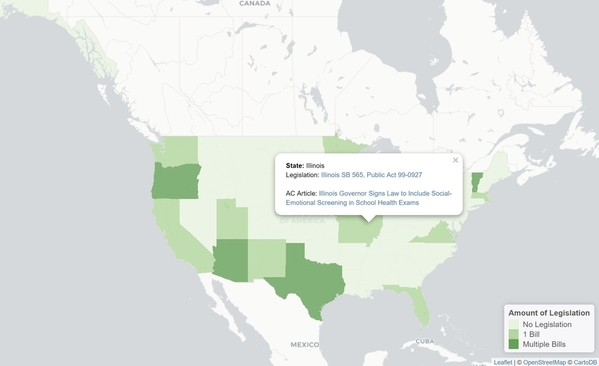
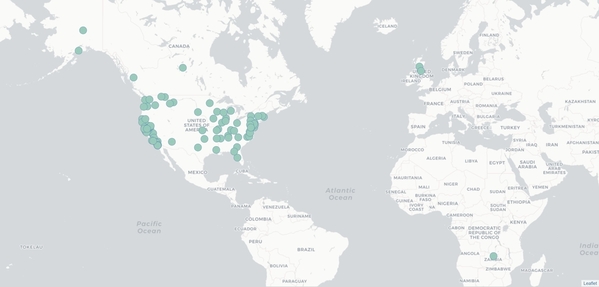
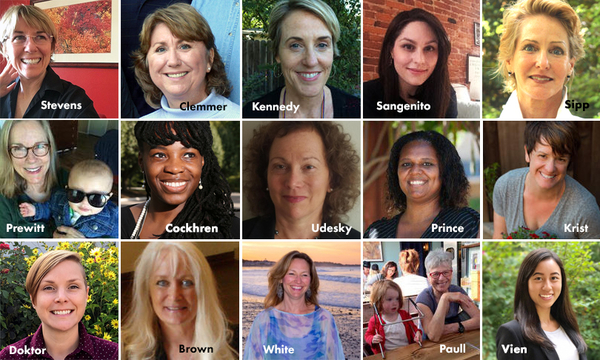
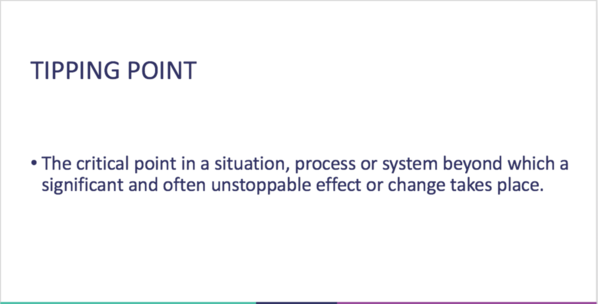
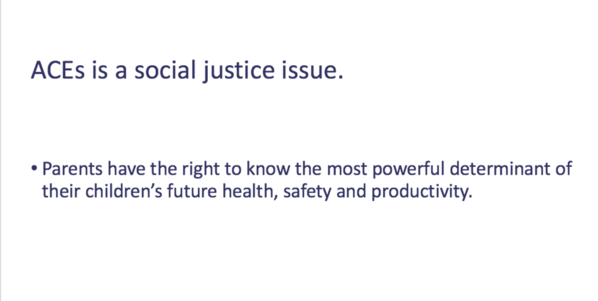
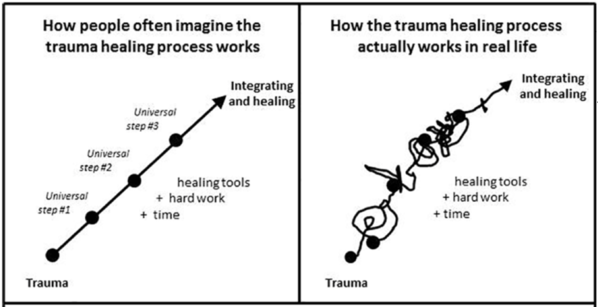

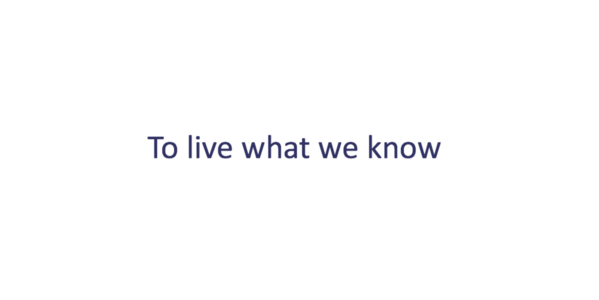









Comments (0)